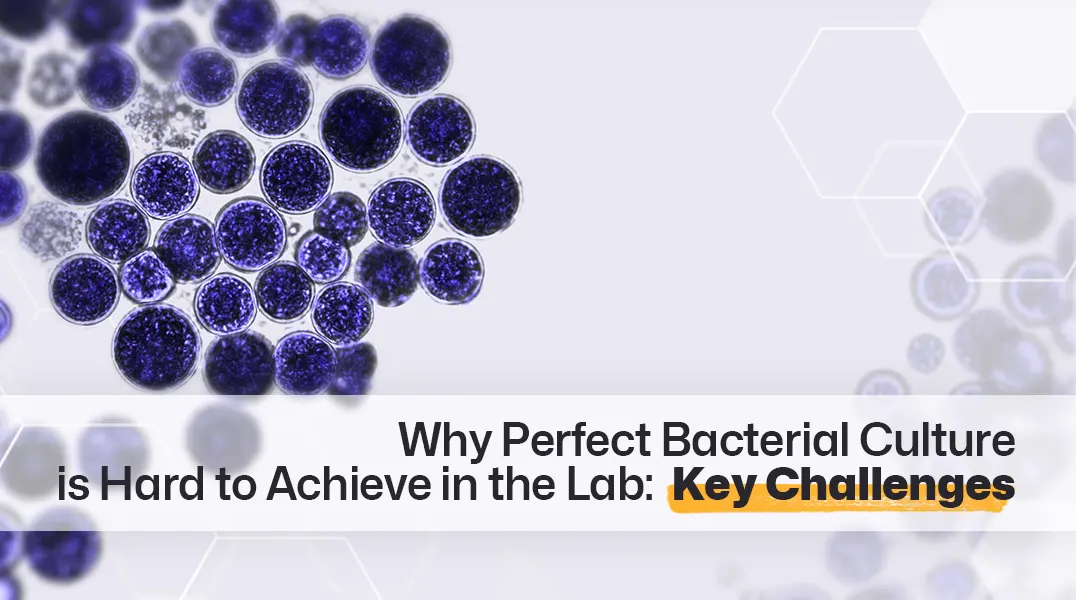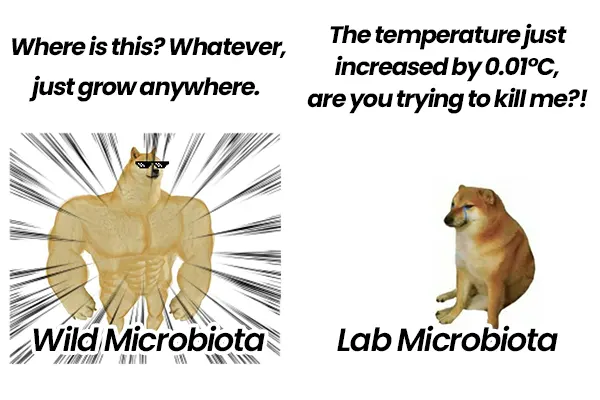
The Complexity of Natural Microbial Communities
Microbial Diversity
Microbial Diversity
Microbial Interactions
Microbial Interactions
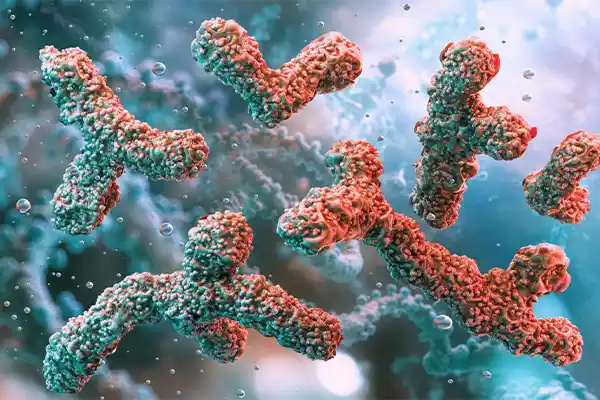
Challenges in Laboratory Replication
Challenges in Laboratory Replication
Limitations of Growth Media
Nutrient Composition
Nutrient Composition
Static Conditions vs. Dynamic Nutrients
Static Conditions vs. Dynamic Nutrients
Environmental Control Challenges
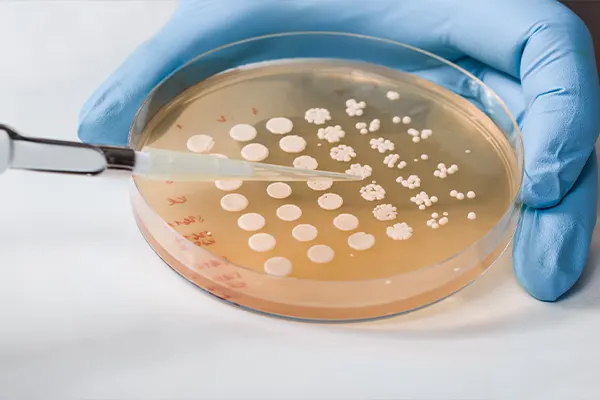
Oxygen Gradients
Temperature and pH Dynamics
In conclusion, while laboratory control of environmental factors such as oxygen, temperature, and pH is essential for studying bacteria, these static parameters fall short of replicating the dynamic and heterogeneous conditions of natural ecosystems. The inability to mimic such variations limits the cultivation and understanding of many bacterial species, particularly those adapted to fluctuating environments. Recognizing these limitations is a critical step toward developing more sophisticated cultivation techniques that better capture the complexity of natural microbial habitats.
Emerging Technologies and Solutions
Co-Culture Systems
Co-Culture Systems
Microfluidic Technology
Microfluidic Technology
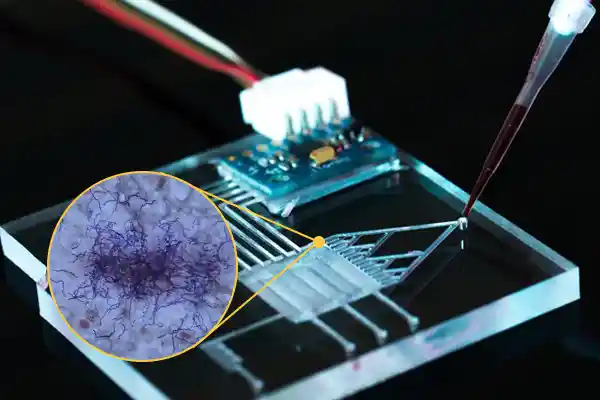
Metagenomics and Synthetic Communities
Metagenomics and Synthetic Communities
Conclusion
Growing perfect bacterial flora in the lab is challenging due to the immense complexity of natural microbial communities, limitations in traditional growth media, and the difficulty of replicating dynamic environmental conditions. However, emerging technologies like co-culture systems, microfluidics, and metagenomics offer promising solutions to overcome these barriers.
By improving our ability to cultivate diverse bacterial species and simulate natural ecosystems, researchers can unlock valuable insights into microbial ecology, human health, and environmental science. The pursuit of perfect bacterial flora may remain difficult, but ongoing innovations are bringing us closer to this goal.
Recent Posts
Comprehensive Analysis of Lab Automation Workstations: Mainstream Brand Selection Guide
Let’s face it: nobody becomes a scientist because they love pipetting 384-well plates by hand. It is tedious, physically draining, and—worst of all—prone to human error that can quietly ruin weeks of hard work. [...]
Fast Guide to Robotic Pipetting and Robotic Pipette Tips
Robotic pipetting has transformed modern labs by automating repetitive liquid transfers with speed and precision, and the choice of robotic pipette tips is central to that performance. A robotic pipette tip is far more [...]
Syringe Filters: From Type Selection to Standard Usage
What Are Syringe Filters Used For Syringe filters are small, single-use devices whose primary job is to remove particulate matter from a sample before it is analyzed or processed. While they are most [...]
